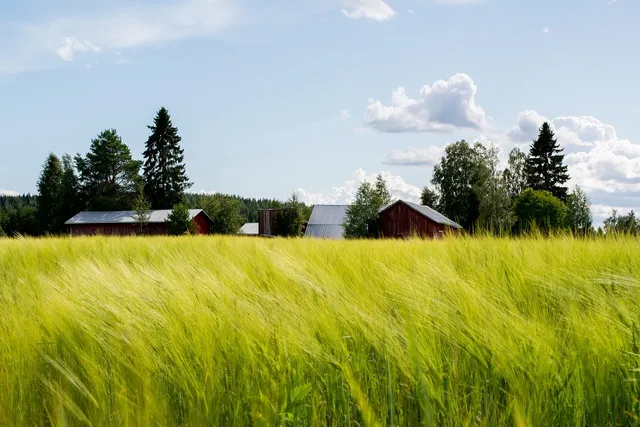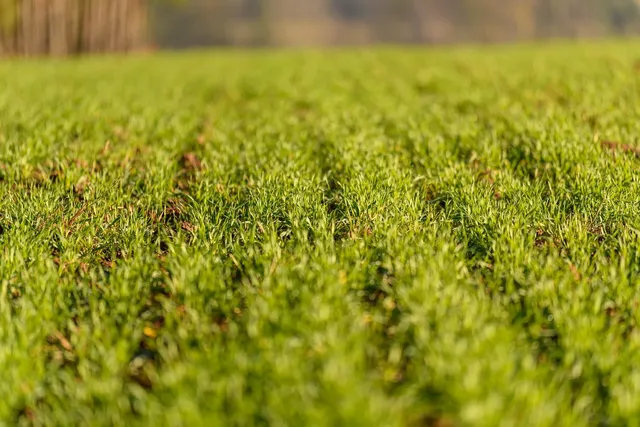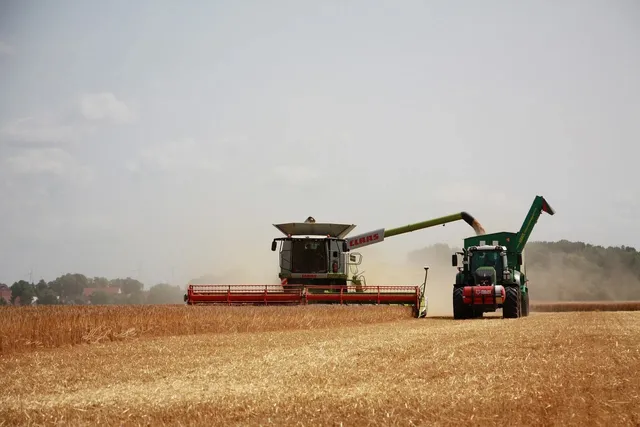Hello everyone On this occasion I would like to participate in a contest held by @selina1
about Contest: "Impact of agriculture in your area"
here is my entry
How Climate Affects Agriculture in Your Area
Climate plays an important role in agriculture in my area, especially since this area experiences a wet and rainy winter. Winter usually starts in November and lasts until February, with cool temperatures and quite high rainfall. These conditions are very supportive of growing certain seasonal vegetables that require low temperatures and fairly moist soil. However, the challenge that farmers often face during this season is flooding in some areas that can damage crops. Therefore, farmers in this area often adopt controlled irrigation methods and choose land with good drainage to avoid damage due to waterlogging.
Vegetables Planted During Winter
Locally, during the winter months the farmers plant spinach, mustard greens, cabbage, turnips, peas and carrots. Spinach (green plant grows well in low temperature soil should have no more than wet) Let me give you an example, spinach is a leafy green vegetable and local foods like soups or stir-fry do contain it.
Another reason why people love mustard greens is that they grow so quickly and can be steamed or used in various dishes
Cabbage and carrots takes awhile to mature, but it yields big! Cabbage is usually eaten in salads and cooked (in a recognizable form as main course) For example, carrots are pretty high on demand for fresh because of their nutrition content.
Peas, meanwhile are a short season crop that generate juicy sweet seeds (local fried rice/everyones favorite) and cooked in some delicious one pot local curries.
Market Prices of Local Seasonal Vegetables
Market prices for local seasonal vegetables during the winter are relatively affordable due to the abundant supply. For example, spinach and mustard greens are usually sold for 10-20 Bangladeshi taka per small bunch, while cabbage is sold for around 30-50 taka per head, depending on the size. Carrots and peas are usually slightly more expensive, ranging from 60-80 taka per kilogram each, as they are in higher demand in both local and national markets.
However, prices can increase if there are weather disturbances, such as excessive rain, which reduce yields. In addition, farmers who grow organically often sell their products at higher prices due to the increasing demand for healthy and environmentally friendly products.
Winter in my area not only provides an opportunity for farmers to produce quality vegetables, but also strengthens local food security through stable production.
that's all I can share On this occasion, thank you for those who have read it, hopefully it is useful I want to invite my friends
@sariana23 @yamelis21 @ositomoso
to participate in this contest



https://x.com/zulbahr1/status/1877968820490604659?t=sUTLZdsfCIfbGVUCVrJGxA&s=19
Downvoting a post can decrease pending rewards and make it less visible. Common reasons:
Submit
Hello friend, I'm glad you like agriculture. I liked learning about these things, but here it's not possible because of the lack of water. I didn't know about mustard leaves.
I wish you the best of luck. Best regards.
Downvoting a post can decrease pending rewards and make it less visible. Common reasons:
Submit
Hi friend, thanks for your comment! I get the water issues you have with farming—totally on that. Those conditions can stand in your way quite literally. Mustard greens — this is a type of green that is used for cooking relatively heavily in some countries and quite nutritious.
Please give it a shot, if you should chance upon trying it then I reckon you will like it.
Good luck also to me. Best wishes!
Downvoting a post can decrease pending rewards and make it less visible. Common reasons:
Submit